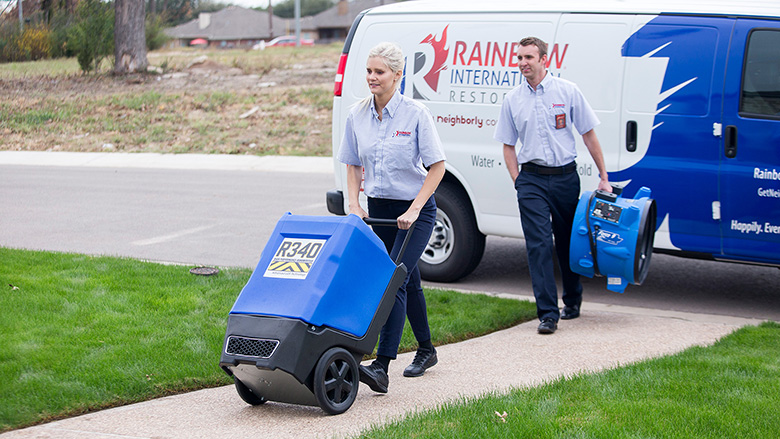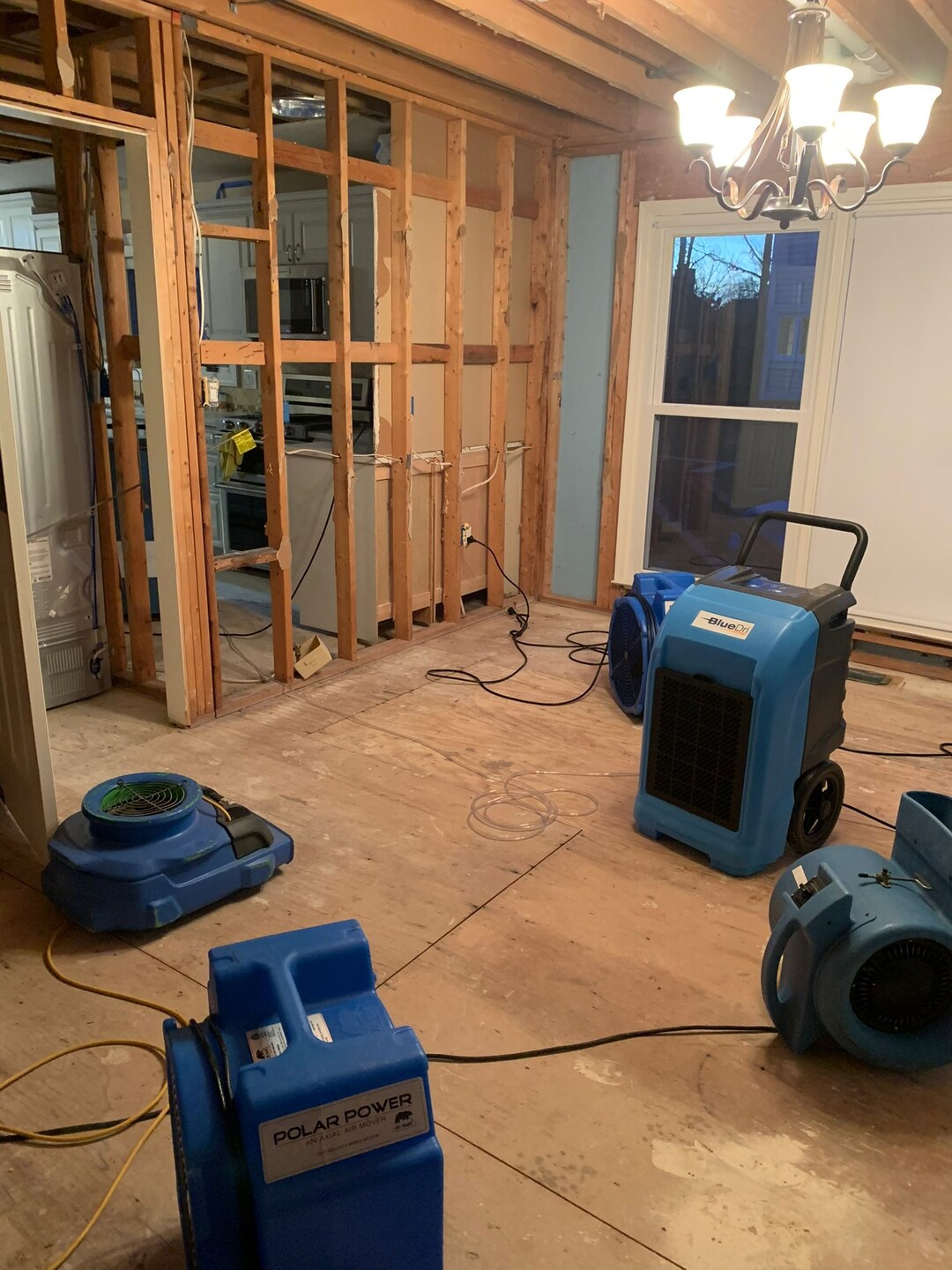Understanding Water Mitigation: What It Is and Why It’s Important
Introduction
Water damage can wreak havoc on homes and businesses, causing extensive and costly damage if not addressed promptly. That’s where water mitigation comes into play. In this comprehensive guide, we’ll delve into the intricacies of water mitigation, exploring what it is, why it’s essential, and how it can save your property from further devastation.
What Is Water Mitigation?
Water mitigation is the process of minimizing or preventing water damage to a property after a flood, leak, or other water-related disaster. It involves swift action to remove standing water, dry affected areas, and prevent mold growth and other secondary issues. Essentially, water mitigation aims to mitigate the impact of water damage and restore the property to its pre-damage condition.
Understanding the Water Mitigation Process:
Assessment and Inspection
Before any mitigation efforts can begin, a thorough assessment of the water damage is necessary. Trained professionals, such as water mitigation technicians, will inspect the affected areas to determine the extent of the damage and identify any potential hazards.
Water Extraction
Once the assessment is complete, the next step is water extraction. Using specialized equipment such as pumps and vacuums, technicians will remove standing water from the property as quickly as possible. This helps prevent further damage and reduces the risk of mold growth.
Drying and Dehumidification
After water extraction, the drying and dehumidification process begins. Industrial-grade fans and dehumidifiers are used to dry out the affected areas thoroughly. This helps prevent moisture from lingering and causing additional damage or mold growth.
If you have any questions about water mitigation or need assistance with water damage restoration, feel free to reach out to us at American Renovation USA. Our team is here to help you every step of the way. Contact us at +1 (336) 587-5371 or email us at americanrenovation@americanrenovationsus.com.
Cleaning and Sanitizing
Once the property is thoroughly dried, cleaning and sanitizing are essential steps in the water mitigation process. This involves disinfecting surfaces and removing any contaminants left behind by the water damage.
Restoration
The final step in water mitigation is restoration. This may involve repairing or replacing damaged materials such as drywall, flooring, and insulation. The goal is to restore the property to its pre-damage condition and ensure that it is safe and habitable once again.
Why Is Water Mitigation Important?
Water mitigation is crucial for several reasons:
Prevents Further Damage
Swift action during the water mitigation process can help prevent further damage to your property. By promptly removing standing water and drying out affected areas, you can minimize the risk of structural damage, mold growth, and other costly issues.
Protects Health and Safety
Water damage can create an environment conducive to mold growth and bacterial contamination, which can pose serious health risks to occupants. By thoroughly cleaning and sanitizing the affected areas, water mitigation helps protect the health and safety of everyone in the building.
Saves Time and Money
Addressing water damage promptly through mitigation efforts can ultimately save you time and money in the long run. By preventing further damage and minimizing the need for extensive repairs, water mitigation can help you avoid costly restoration bills and lengthy disruptions to your life or business.
Emergencies can happen at any time. Keep our contact information handy for immediate assistance with water damage restoration. Save our number +1 (336) 587-5371 and email address americanrenovation@americanrenovationsus.com for quick access to our expert services.
FAQ: Water Mitigation
Q: What exactly does water mitigation entail?
A: Water mitigation involves a series of steps aimed at minimizing or preventing water damage to a property after a flood, leak, or other water-related disaster. This includes assessing the damage, extracting standing water, drying and dehumidifying the affected areas, cleaning and sanitizing surfaces, and restoring the property to its pre-damage condition.
Q: How does water mitigation differ from water damage restoration?
A: While water mitigation focuses on minimizing the initial impact of water damage and preventing further damage, water damage restoration involves the complete restoration of a property after water damage has occurred. This may include repairing or replacing damaged materials, addressing structural issues, and ensuring that the property is safe and habitable once again.


